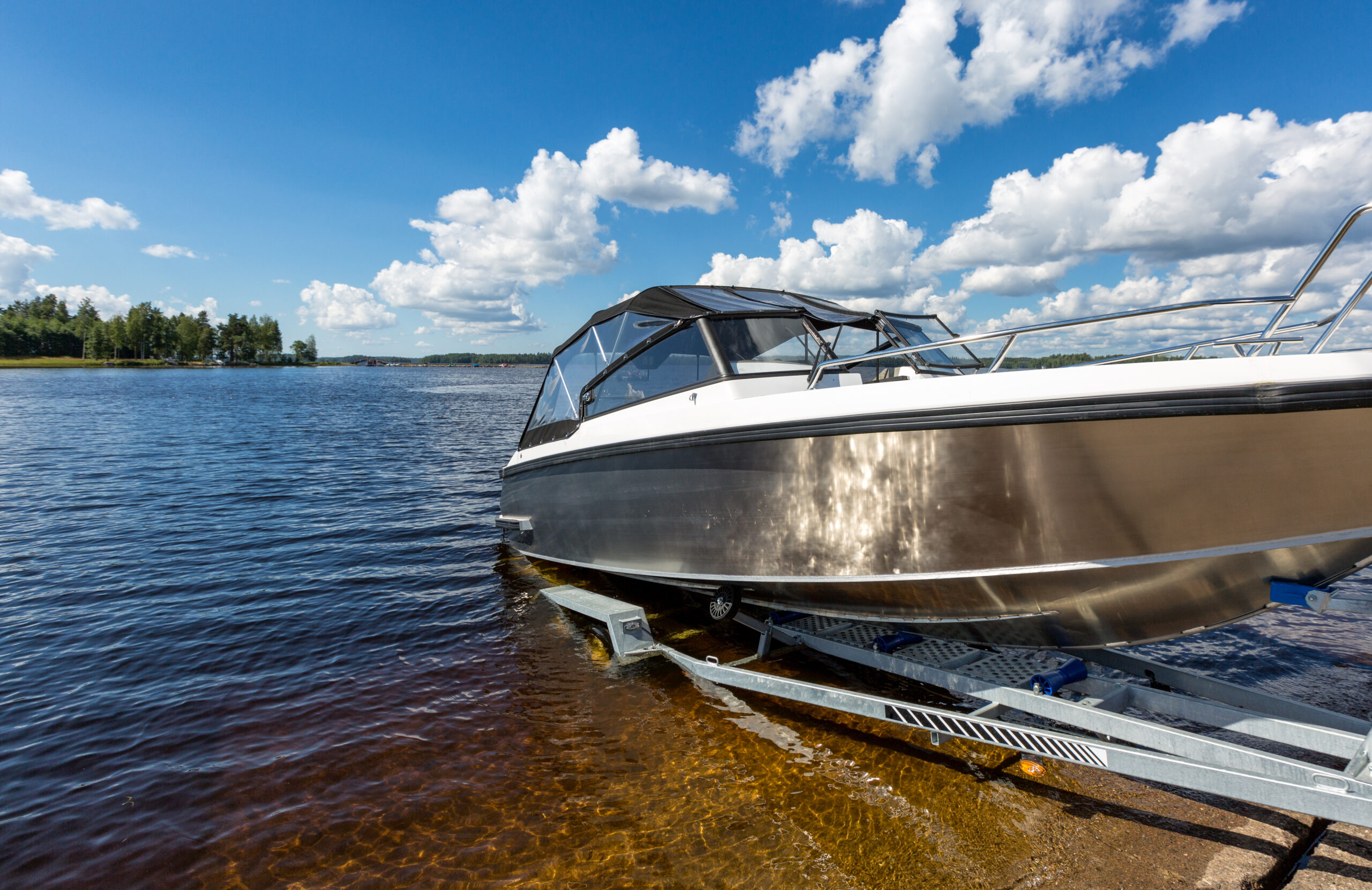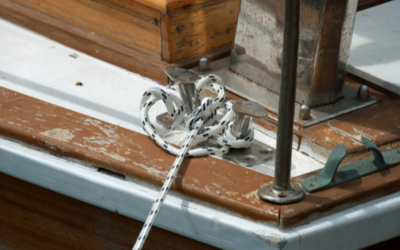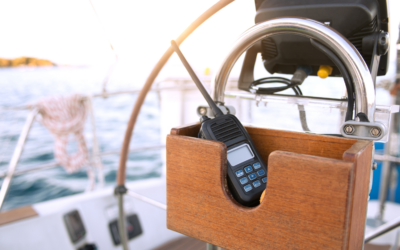If you’re getting ready to launch from a ramp for the first time, you may feel a bit nervous and pressured to rush if there are other boaters around waiting to launch their boats. It’s good etiquette at a public ramp to be as efficient as possible when launching but if you’re already nervous and feeling pressured, that can be hard to do. Instead, do yourself a favor and pick a day for your first launch on a weekday or a least a day when the ramp is not going to be too busy.
If it’s your first time using a particular ramp, it’s a good idea to park out of the way and walk down to inspect the ramp and dock. This way you’ll know how steep the ramp is, how deep the water seems to be, and the condition of the dock. This can help you make a plan before the boat is even in the water as you take note of the traffic around the ramp, and figure out where to park your vehicle and trailer after you launch. There are some launch ramps that may charge a small fee for launching your boat so it’s good practice to take care of that as soon as you arrive.
You can launch your boat in a matter of ten simple steps. The National Marine Manufacturers Association put together a list of these steps and advice on how to launch a boat alone or with a helper:
- In a staging area, check that the drain plug is installed and the key is in the ignition.
- Load all your gear into the boat—fishing tackle, coolers, tubes, skis, etc.
- Attach fenders to the dock side of the boat and remove the transom tie-down straps.
- Attach dock lines to the bow and stern cleats.
- Unplug the trailer lights from the tow vehicle to keep cold water from damaging the hot bulbs.
- Move your tow vehicle in position to back straight down the ramp.
- Reverse down the ramp slowly, so you have time to correct if needed. Backing slowly gives you more reaction time to correct the trailer if it starts to go crooked. A good trick is to place one hand at the bottom of the steering wheel and then watch the trailer in your mirrors. If you want the trailer to go left in your mirror, move you hand to the left, or to the right to steer the trailer to the right in your mirror.
- Back down the ramp until the trailer tires touch the water and then see if the stern of the boat is deep enough to start to float; if not, back down a little more until that happens. Once the boat is in the water, you can lower the outdrive or outboard and start the engine before releasing the bow eye.
- Put your vehicle in park with the parking brake, get out and remove the safety chain from the bow eye, and release the trailer winch so the strap goes slack and you can unclip it from the bow eye. Depending on the ramp and your tow vehicle, you may or may not be able to release the boat without standing in the water so it’s best to wear footwear that can get wet.
If you have someone with you, Hand the bow line to your helper (and the stern line if it will reach) and give the boat a little push. It should float and slide off the trailer. If not, you’ll need to back in a little further. Your helper can now hold the lines and walk it down the dock until the boat is clear of the trailer.
- Walk the boat as far down the dock as possible to get out of the way of the next party waiting to launch. If you have someone with you that’s able to operate the boat (or park the vehicle and trailer) an alternate plan is for one person to be in the boat as it’s backed down the ramp. Use the bow line and give the boat a little push and slide it slowly off the trailer to float in the water. As soon as the boat is free, move the vehicle and trailer out of the way of the park and return to the dock and the boat.
Launching a boat by yourself follows the same steps up to the point of releasing the boat. If there’s a dock at the ramp, it will usually help to back the trailer down as close to the dock as possible. You’re going to want to have a line ready to secure the boat after it floats off the trailer.
If you’re launching your boat by yourself, there are 3 different ways to approach it, each one slightly different. Choose the one that works best for you or try all three for a solo launch:
Launch 1
The first method is to attach a single line to both the bow and the stern cleat.
- Back down the ramp and push the boat off the trailer while holding the line.
- Once the boat is free use the trailer as a step and hop onto the dock.
- Now with the single line you can control the boat—the stern can’t swing away from the dock—and walk the boat down the dock and out of the way of the trailer and others waiting to use the ramp.
- Secure the boat to the dock, park the vehicle and you’re ready to go. This method works when the dock is low and easy to reach. If that’s not the case, you’ll need a longer line.
Launch 2
- Another method is to secure one end to the middle (spring) cleat on the boat and, after backing down but before releasing the boat.
- Secure the other end to a cleat or piling as far down the dock as possible.
- Now back down a little further if necessary, release the boat and then hop on the dock to pull the boat away from the trailer and then secure it to the dock.
Launch 3
- Secure a long line (about 25 feet) to the bow cleat, coil the line and place it on the bow of the boat, and then tie the other end to the trailer.
- Now back down and release the boat or just let it float off the trailer.
- Next drive up the ramp a few feet, park and go back to the trailer.
- Untie the line and because you’ve got plenty of length you should be able to walk over to the dock and pull the boat up to the dock and secure it.
Successfully launching a boat for the first time is an exciting experience for any new boat owner. After you learn how to properly launch a boat, you’ll be able to trailer that boat and explore any body of water serviced by a ramp.



